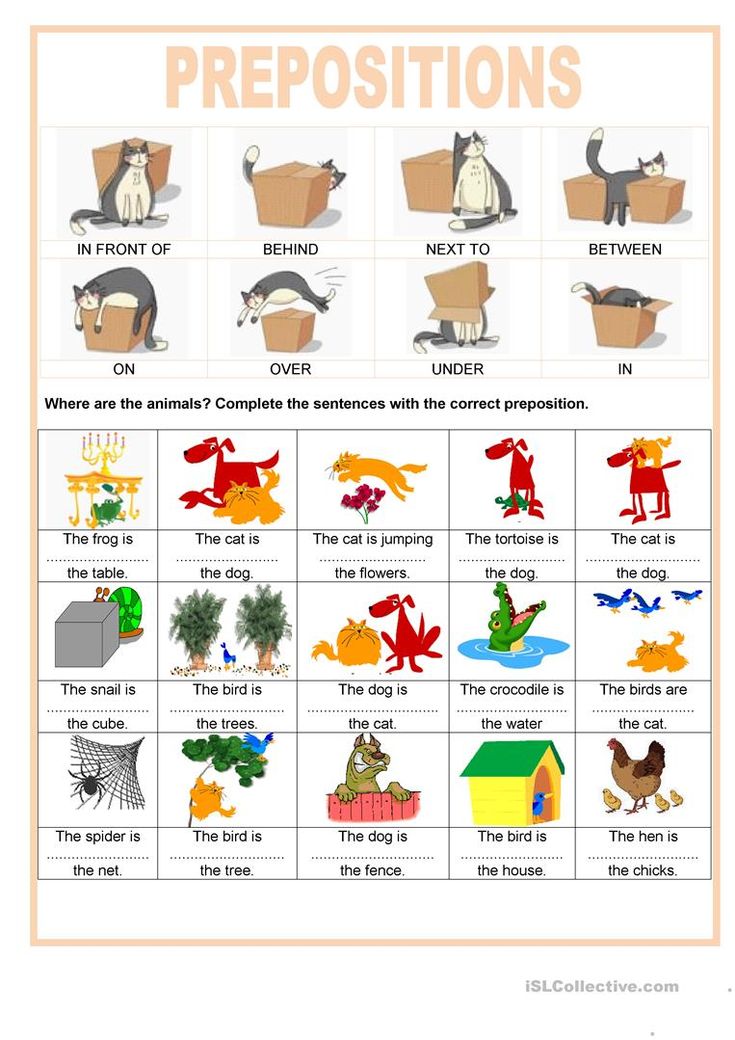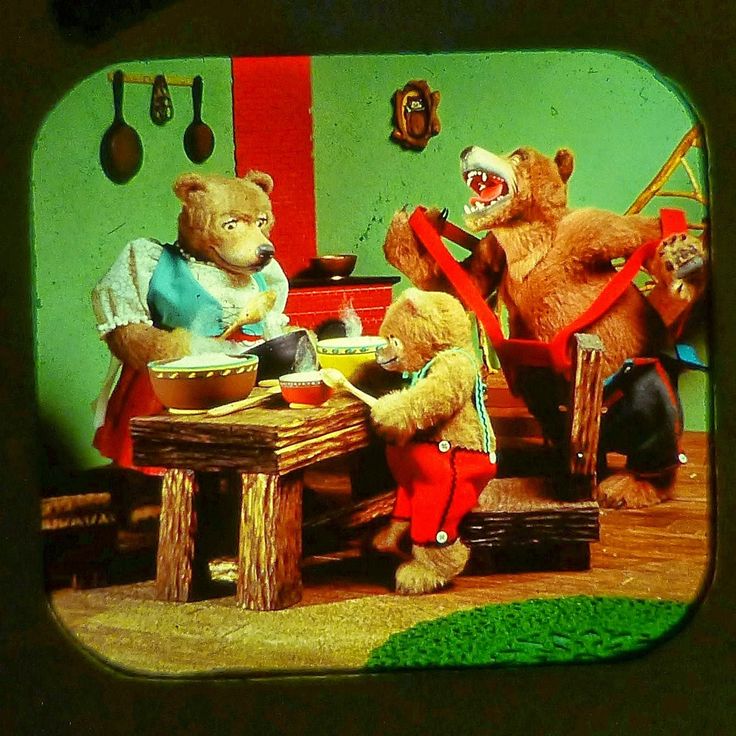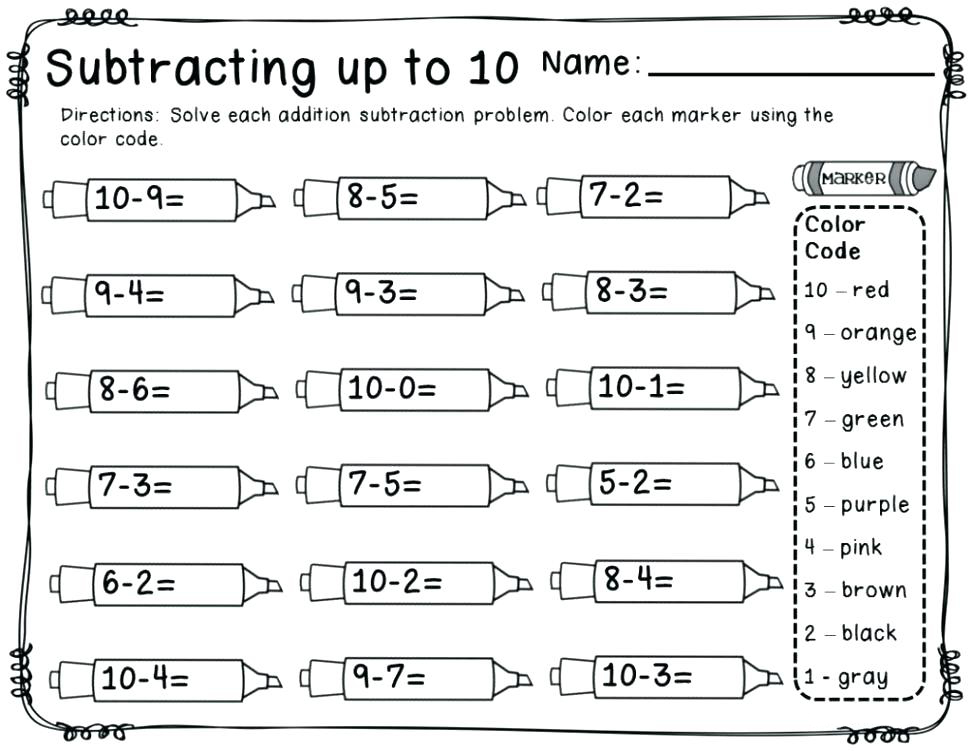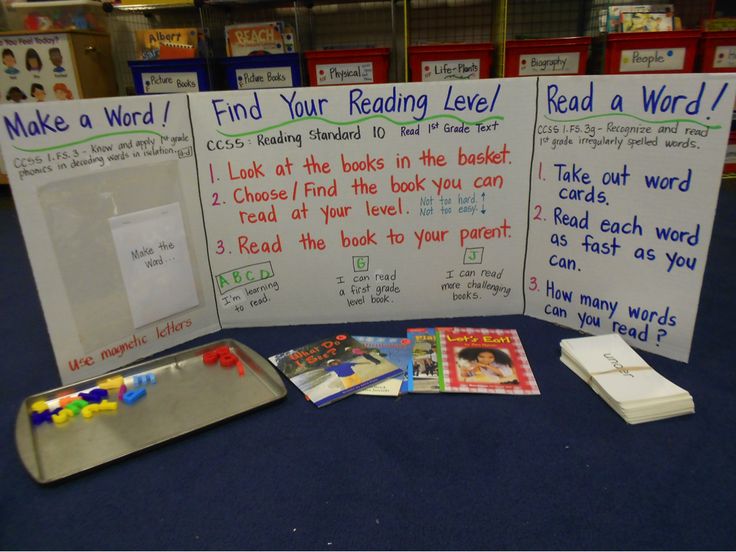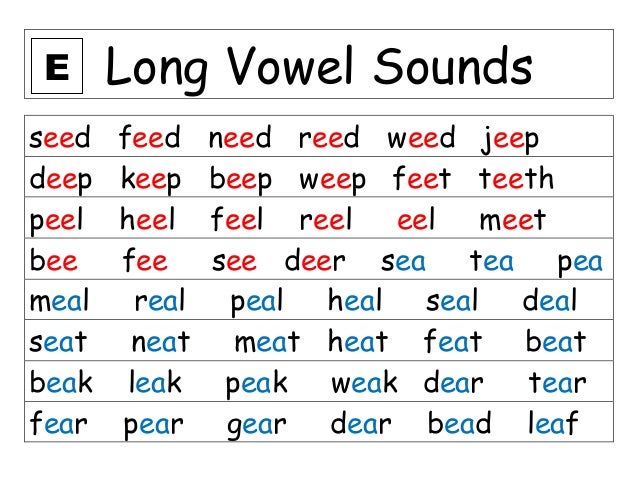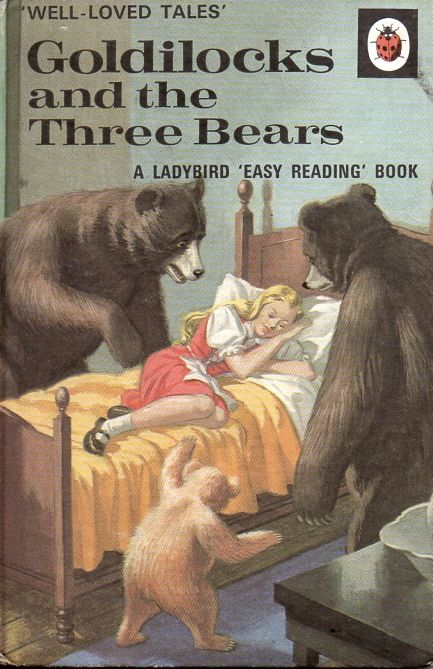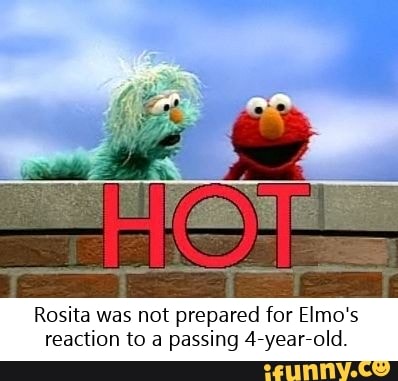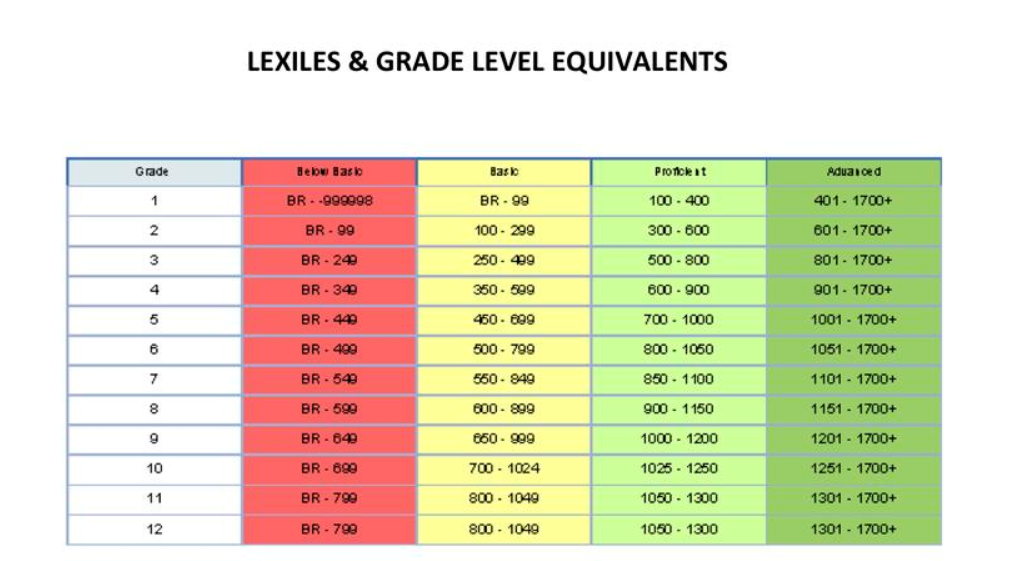Math craft for preschoolers
Hands-On Math Activities for Preschoolers
Disclosure: This post contains affiliate links to Amazon. See my disclosure policy for details.
Math is so fun to teach to preschoolers because there are a lot of daily activities that incorporate math. Preschoolers don’t need worksheets for math…they should learn through play and hands-on activities.
1. Patterns with Bears
Counting Bears are a great math manipulative to use with preschoolers. You can sort, count, or use them with patterns.
I created some pattern cards to help with this. The first page is an AB pattern, meaning two colors alternate in the pattern. The second page is an ABC pattern, meaning three are three colors in the pattern. For this activity, your preschooler will set the colored bear on top of the matching color to create a pattern. On the ABC pattern cards, the last circle is left empty. That is for your child to tell you what color it should be.
You can get the color patterns printable at the bottom of this post.
Math Skill: Patterns and Relationships
You can find more pattern activities here.
2. Sorting Colors with Bears
Sorting is a skill preschoolers should work on a lot. One way to sort is by color. We do this with our counting bears and a sorting mat.
You can get the sorting mat printable at the bottom of this post.
You can even use colored tape and pom poms to practice sorting! Add in some tweezers for some extra fine motor practice.
We also love counting mats! These are great for learning to count and working on one-to-one correspondence.
Math Skill: Patterns and Relationships
3. Money Muncher
A fun way to work on sorting is with the Money Muncher! It’s also a great activity for fine motor skills. To see all the fun details, click here.
Math Skill: Patterns and Relationships
4. Sorting Jelly Beans
Anytime we work with candy, my kids love it! You can sort M&Ms or jelly beans or whatever! To see how we did this with jelly beans, click here.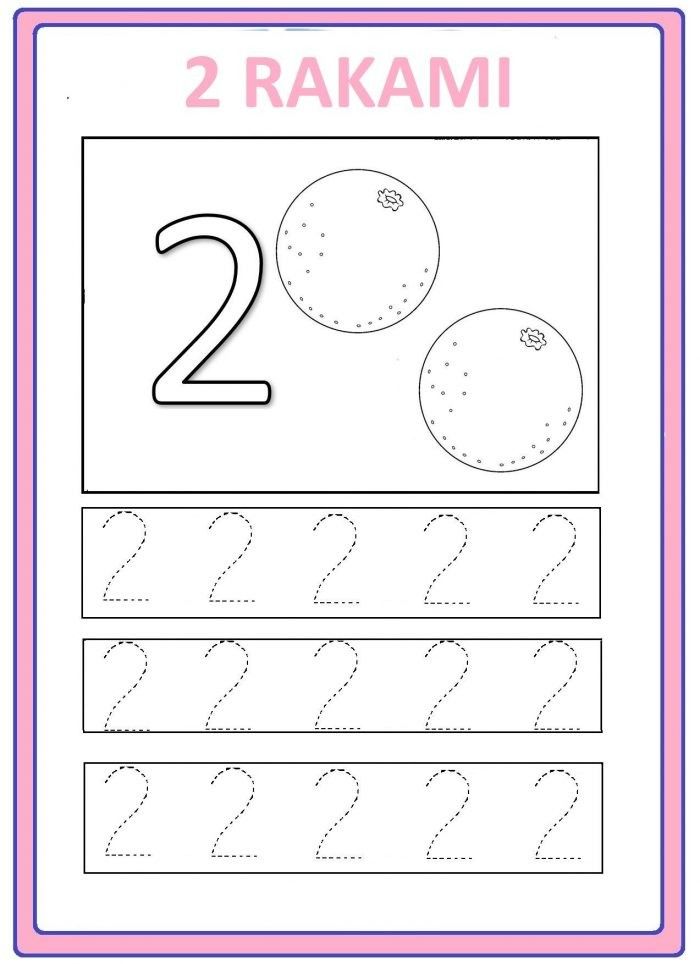
You can get the jelly bean sorting printable at the bottom of this post.
One more idea for sorting is by using toy animals. Have them sort by different characteristics, such as land animals and sea animals.
Math Skill: Patterns and Relationships
5. Graphing
Graphing is always good to introduce to preschoolers. It doesn’t have to be complex, but you can do a simple activity like graphing the types of transportation on a bar graph and use small pictures or toys (or I used erasers from The Dollar Tree).
Make graphing hands-on using apples! Even young preschoolers can begin learning about graphing with this activity.
Check out this free gumball graphing activity right here.
Math Skill: Patterns and Relationships
6. Shape Wheel
This is a fun activity for learning shapes! Just print this shape wheel and draw the same colored shapes onto clothespins.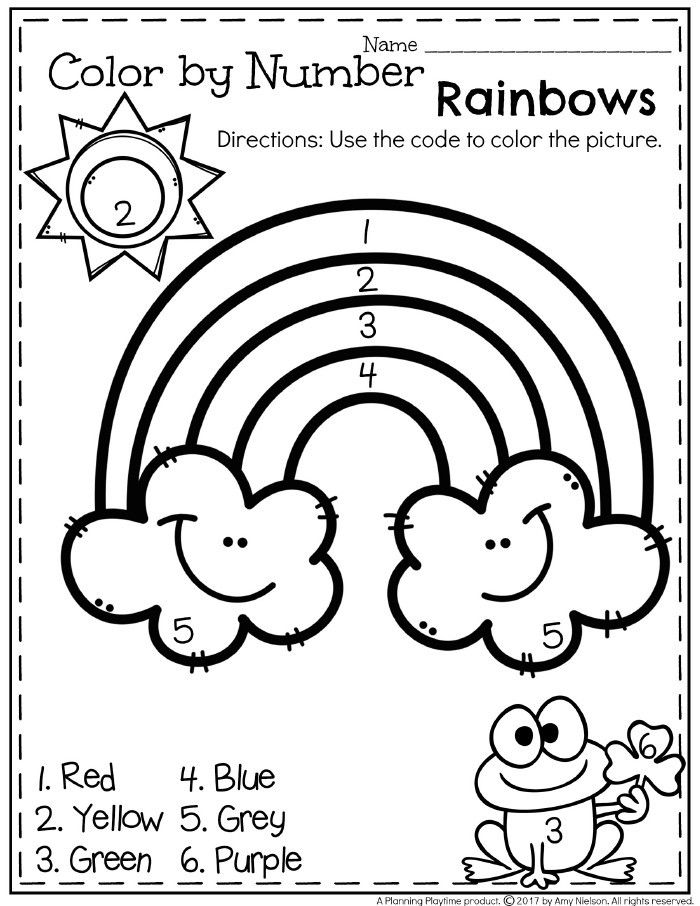 Have your child match the clothespin to the shape on the wheel. This is great for working on fine motor skills!
Have your child match the clothespin to the shape on the wheel. This is great for working on fine motor skills!
You can get the shape wheel printable at the bottom of this post.
Math Skill: Geometry
7. Shape Sorter
An easy way to practice shapes is with a Shape Sorter! I bought these shapes at Michaels Craft Store many years ago, but these 3D geometric shapes would be a good option if you’re interested in creating a Shape Sorter. Check out this post for details on how to make this easy math activity.
Math Skill: Geometry
8. Noodle Shape Cards
A neat sensory activity and a fun way to learn shapes are with noodles! See the post here to download the free shape cards.
Math Skill: Geometry
9. Foam Sticks
Learn shapes in the tub with these foam sticks! You can see how we did this here.
Another fun way to practice shapes is with the cookie shapes matching activity!
And my favorite way to teach about shapes is with my shape rhymes!
10. Dice Game
Dice Game
This is a really fun game! I took this Melissa & Doug wooden toy and put white circle stickers on the top of the pegs. I wrote numbers 1-6 and had 2 stars. I had my son roll the dice and whatever number it landed on, he would pound with a toy hammer. If the number he rolled was already down, he hit the star. Not only was this fun for him, but he was able to “subitize”, which simply means to recognize numbers instantly without counting the dots.
Math Skill: Number Concepts
11. Star Number Cards
Practice counting and recognizing numbers with star number cards. This one is great for working on one-to-one correspondence and fine motor skills.
You can get the star number printable cards at the bottom of this post.
Math Skill: Number Concepts
12. Ladybug Math
We made these adorable ladybugs and they were a hit! Not only were they fun to play with, but we did a lot of counting and sorting with them.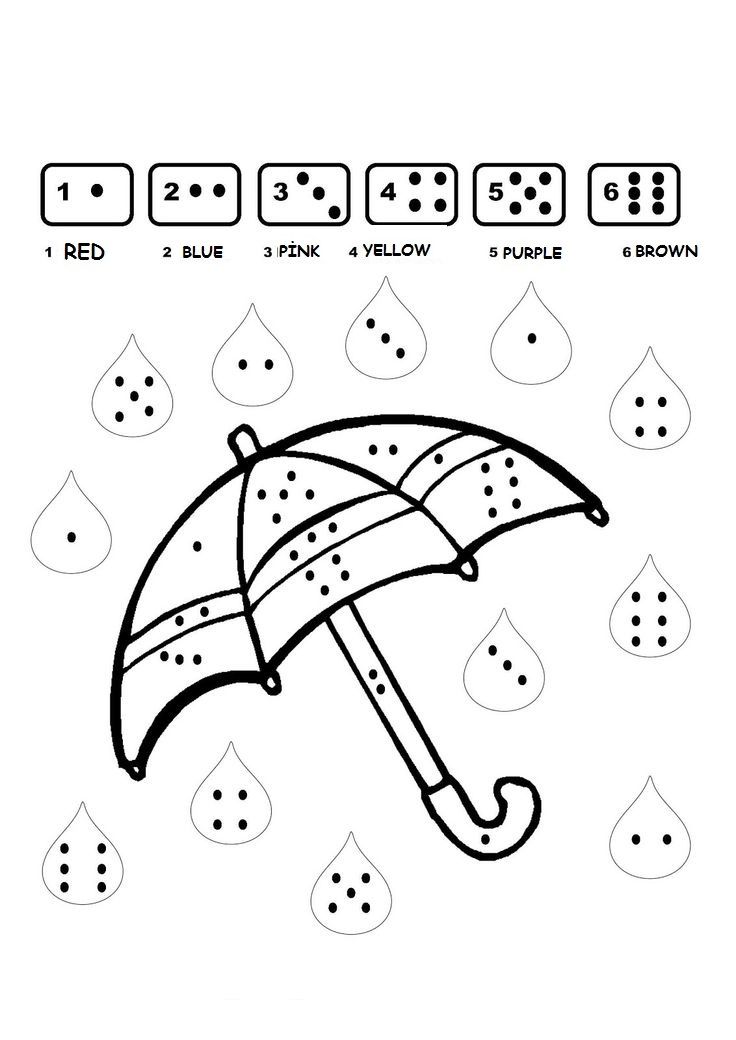 Read all about it here.
Read all about it here.
Math Skill: Number Concepts
13. Balloons
Learn the order of numbers with this really fun game involving balloons! Check out the details here.
Math Skill: Number Concepts
14. Estimating with Water
We learned about estimation with a dropper with some fun, hands-on water activities.
Math Skill: Measurement
15. Pouring and Comparing
We practiced pouring skills with rice into these beakers. Then I had my son line them up from biggest to smallest. Using comparative words like big/small or empty/full help teach preschoolers about simple concepts of measurement. This is simple and you could elaborate on this activity.
One more easy way to practice measurement is with Unifix cubes. Place different lengths of tape on the floor or poster board. Then have your child use Unifix cubes to measure the lines. This is a simple way to practice counting, measuring, and comparing lengths.
This is a simple way to practice counting, measuring, and comparing lengths.
Math Skill: Measurement
Lastly, check out this really easy and fun way to practice counting!
If you’re looking for digital math activities, make sure to check out my counting activities using Google Slides.
If you’d like to download the 5 free printables I shared in this blog post, just click on the button below!
Preschool Math Activities that are Super Fun!
If you are looking for preschool math activities then you're in luck! I gathered my favorite hands-on math activities and math center ideas for preschool and I am sharing them here!
Math skills are so important and finding playful and engaging ways to teach those skills to preschoolers is crucial. Whether you teach math to a classroom full of preschoolers or homeschool one or two at home, it's important to use hands-on math experiences.
This is a list of the best preschool math activities that I could find! I hope they will be super helpful to you.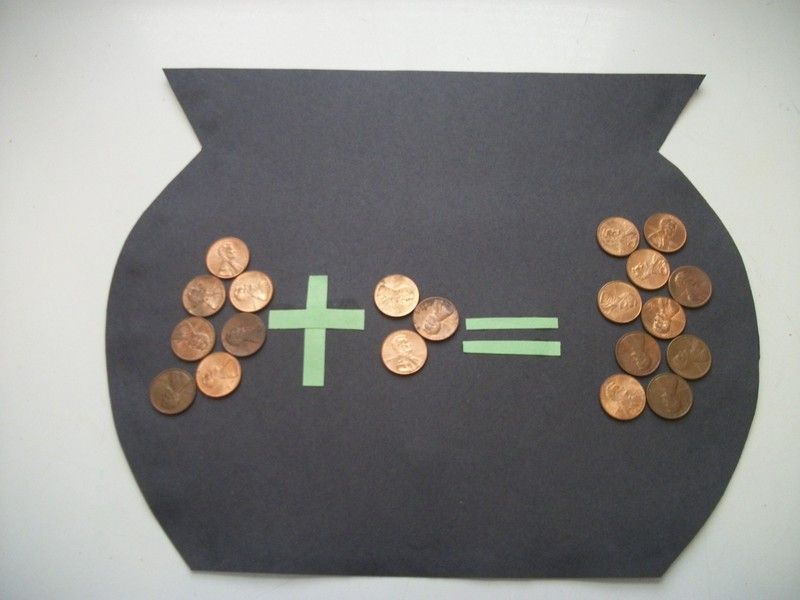
Hands-On Preschool Math Activities
1. Roll and Dot the Number is a quick preschool math game that will teach kids to identify numbers and count while learning one to one correspondence! It is one of our favorite preschool math activities!
2. This Build and Measure Block Center is such a neat way for kids to explore measurement!
3. These Counting Bears Number Strips are a hands-on way for toddlers and preschoolers to learn numbers, counting and even colors.
4. These Tree Play Dough Numbers Mats are a great way to work on a number of math skills including counting to 10!
5. Work on color recognition and sorting with these Button Sorting Cups.
6. This Simple Fine Motor Counting Math Tray is super easy to set up and provides excellent fine motor practice too.
7. Grab your craft sticks and make these Colors and Patterns craft sticks for your math center!
8. Teaching Symmetry to Preschoolers with LEGO DUPLO is perfect for teaching symmetry to preschoolers and young kids.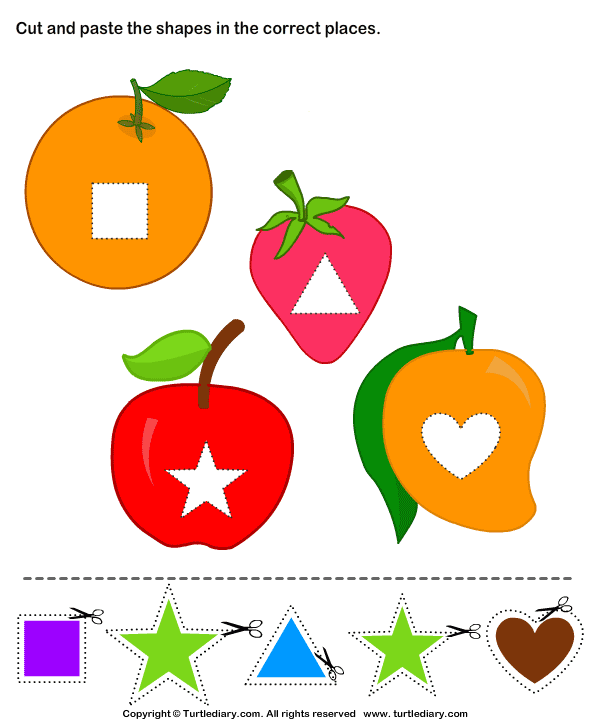
9. Your kids will have a blast learning to count with Bugs in a Jar!
Preschool Math Activities that are Fun and Engaging!
10. These DIY Tactile Counting Sticks are very easy to make and are perfect for kids who are learning to count.
11. Measuring with Bear Counters is an excellent way to introduce preschoolers to measurement!
12. I love this Play Dough Geometry activity! All you need is play dough and craft sticks!
13. This Pattern Making activity only requires a few common supplies. It's a hands-on way to introduce young preschoolers to patterns.
14. Number learning is really fun with this Car Parking Numbers Game!
15. Your kids will love learning about shapes with this Preschool Shape Scavenger Hunt!
16. This Number Pocket Game is a hands-on way for young preschoolers to learn numbers.
17. This Car Color Sort math activity is a great way for kids to practice sorting while playing with cars.
18. This Smack the Number Counting Game is fun way to practice number recognition and one to one correspondence.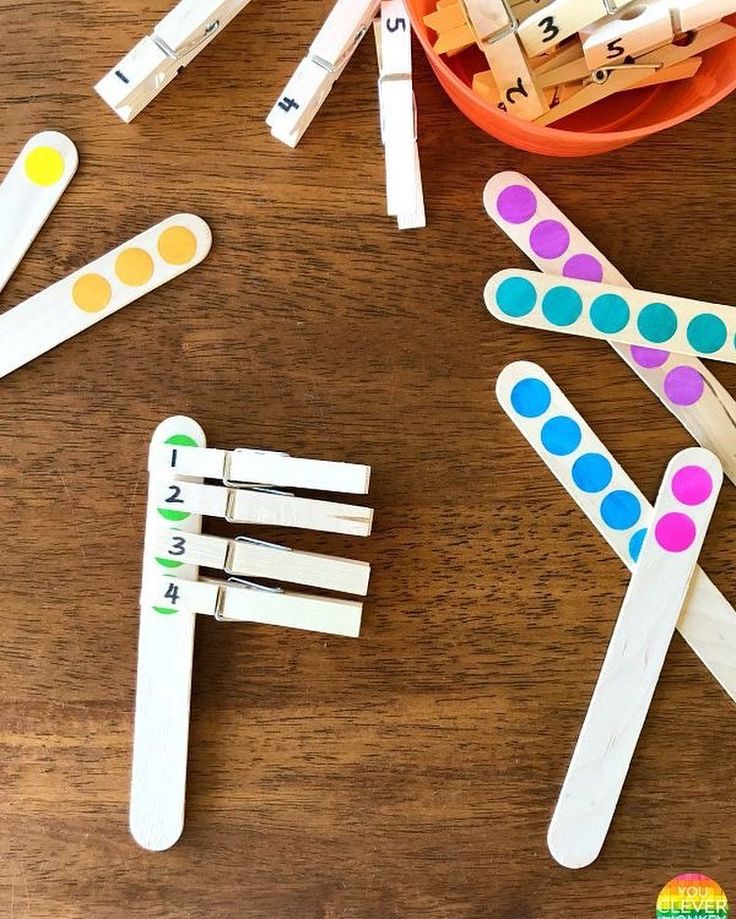 This was one of our favorite preschool math activities when my son was younger.
This was one of our favorite preschool math activities when my son was younger.
Math Activities for Preschool Math Centers
19. Make counting practice a game with this Race to Fill the Cup activity! This is a must-do when it comes to preschool math activities!
20. Finding shapes with I Spy Shape Glasses is a totally cool idea!
21. Counting and Measuring with LEGO is a fun way to work on counting, ordering and measuring numbers!
22. Take the learning outdoor with this super cool Pool Noodle Abacus!
23. This Button Counting Activity is a hands-on way for preschoolers to learn numbers and practice counting!
24. Work on fine motor skills and counting in this neat Counting beads on pipe cleaners activity!
25. Use clothespins to reinforce fine motor skills, colors and match numbers in this Hickory Dickory Dock Matching Clothespins activity!
26. This Printable Number Puzzle is a great way to work on a variety of ways to represent numbers.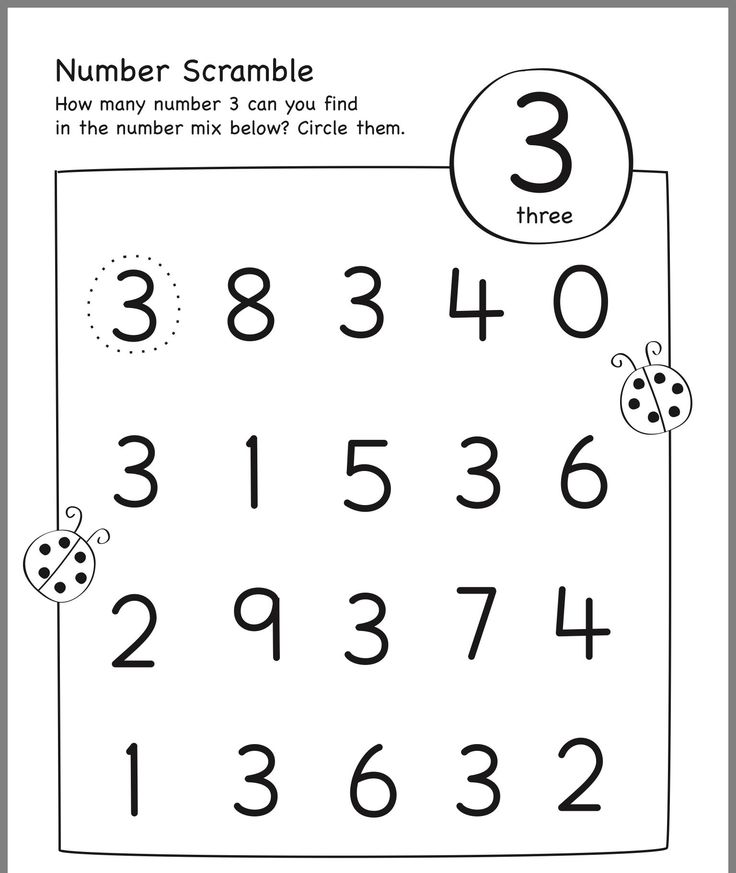
27. This Play Dough Math Invitation is open-ended and will keep preschoolers busy while learning a variety of math skills.
Even More Hands-On Math Activities for Preschoolers
28. These fun Farm Animal Rainbow Counters activity helps preschoolers learn to count and compare more or less!
29. Your kids will work on direction following, ordinal numbers and important vocabulary in this Matching Paths activity!
30. Your kids will have fun counting with this Ladybug Counting Busy Bag!
31. Counting Nature is a great way to work on counting and explore nature!
32. Your kids will have a ton of fun with Play Dough Addition.
33. Exploring Symmetry with Art is an awesome idea!
34. Use a Numbered Nature Tray to encourage number skill work while exploring nature!
35. This Play Dough Color Match Learning Activity is a fun way for kids to learn colors, matching, and sorting!
36. Your kids will love these 3 Counting Bear Activities for the Balance Scale!
37.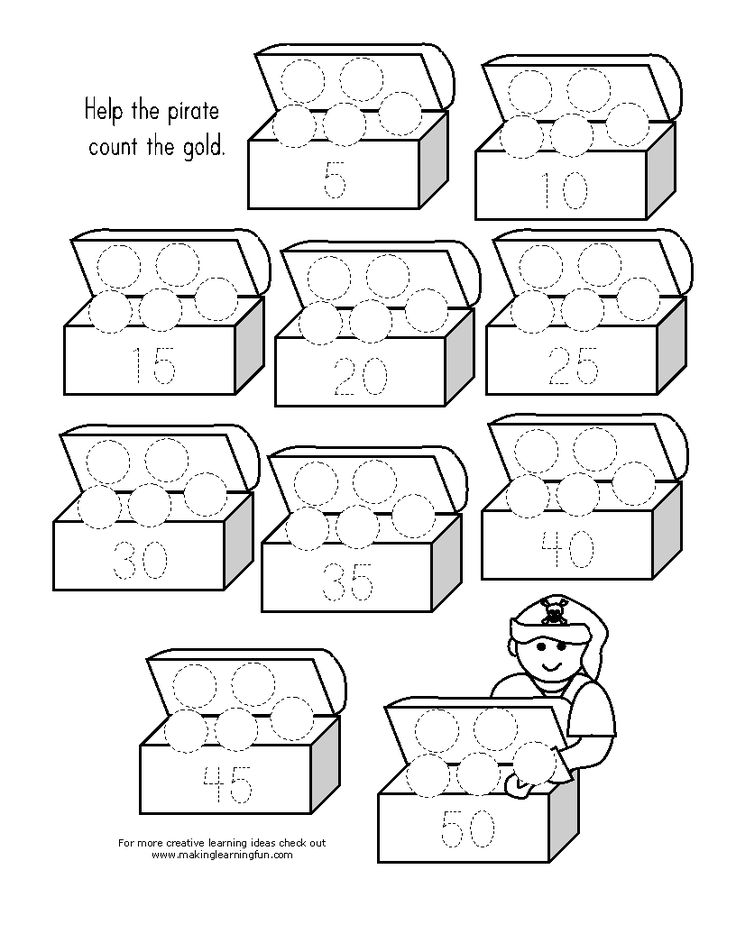 This Counting Math Game for Kids is great for practicing one-to-one correspondence!
This Counting Math Game for Kids is great for practicing one-to-one correspondence!
38. LEGO and Math combine in these LEGO Pattern Cards. A great activity to work on hands-on pattern building!
39. Counting Blocks While Building Towers is a fun way to learn with numbers!
40. These printable shapes are so inviting and are jam-packed with learning! You definitely have to add this to your list of preschool math activities to try with the kids!
Check out all of our other preschool math activities!
And because I LOVE combining literacy and math, here are 60 fantastic Math Picture Books for Preschool. Swap these in and out of your math center all year-long!
I hope this list will help you plan preschool math activities for the year ahead. I am really excited to do so many fun and engaging math activities with my kids this year!
I would love for you to share your favorite math activities for preschoolers in the comments!
What is a craft and does it exist in the 21st century
What professions do modern children know? Lawyer, economist and programmer.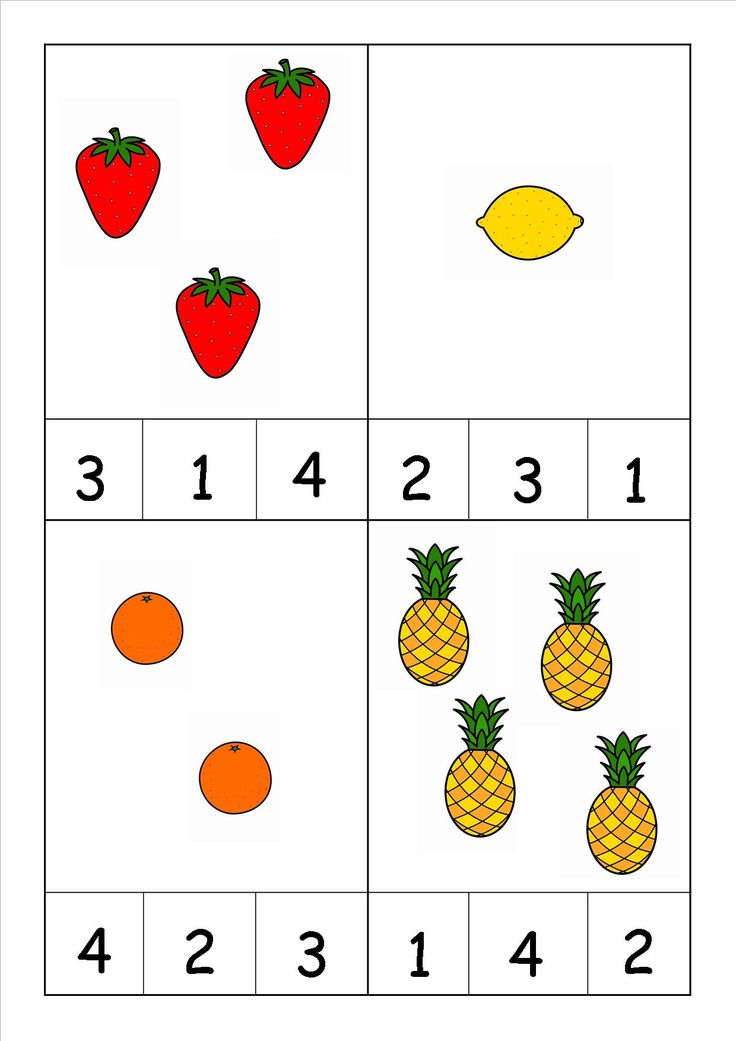 Our blogger DSHI.online offers to return to the roots and talk about artisans. They are more relevant than ever in the 21st century: the point is not only that manual labor is now in fashion, but also that the craft has changed a lot over the past centuries.
Our blogger DSHI.online offers to return to the roots and talk about artisans. They are more relevant than ever in the 21st century: the point is not only that manual labor is now in fashion, but also that the craft has changed a lot over the past centuries.
Craft. What do you think of when you hear such a seemingly outdated word? Hefty blacksmiths in shabby leather aprons, wrinkled hands of an aging potter, bobbins flickering at a speed close to the speed of light in the hands of a lace maker come to mind.
Potter at work. Antique photoTurning to the Internet search engine, we learn that a craft is a small-scale manual production using hand tools, based on the personal skills and talent of the master.
For a long time there have been a variety of crafts: blacksmithing, pottery, carpentry, carpentry, spinning, weaving, tailoring, baking, saddlery, leather, jewelry. How much! But this is not a complete list of crafts!
Most of them have grown into powerful independent productions - large concerns, factories, plants. It's a completely different song. There are practically no hand tools in industry, and the individual talent of each worker is not put at the head of the table. Products are unified and created according to a certain established standard. It turns out that with the development of technology, the craft as an activity has sunk into oblivion? By no means!
It's a completely different song. There are practically no hand tools in industry, and the individual talent of each worker is not put at the head of the table. Products are unified and created according to a certain established standard. It turns out that with the development of technology, the craft as an activity has sunk into oblivion? By no means!
Such handicrafts as Gzhel ceramics, Dymkovo and Filimonov toys, Palekh miniature, Khokhloma painting, Vologda lace and so on have survived and are widespread. Surely many of us have heard about them at least once in our lives.
Troika Filimonov toyIn addition to famous crafts, there are many craftsmen who create unique handmade items that are in demand nowadays among lovers of exclusivity, collectors or, for example, adherents of eco-friendly things that do not pollute the environment.
In addition, let's imagine that we need to replace the zipper in a jacket, install new heels, fix a malfunction in a clockwork, or make a duplicate key.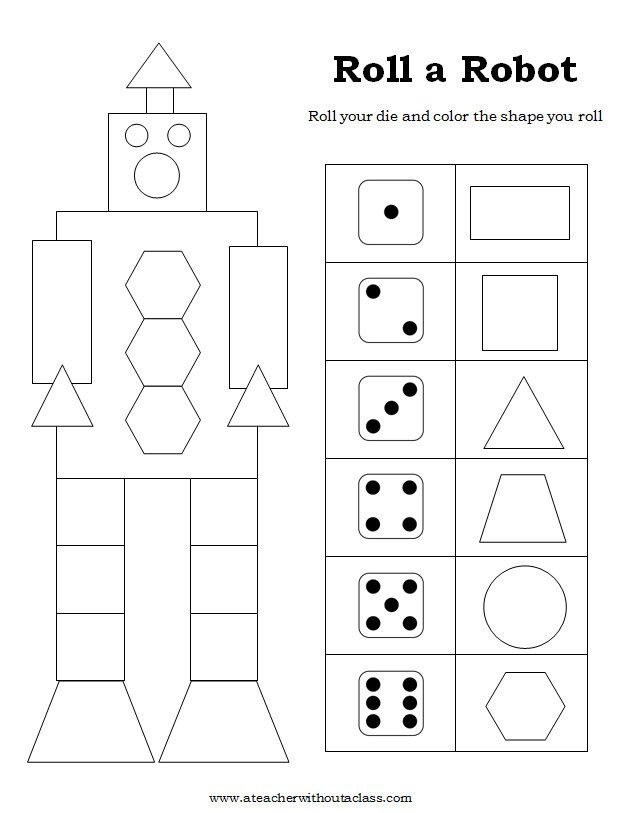 Who will help us in this? All the same artisans who work in small groups in repair shops. Such groups of masters are called artels.
Who will help us in this? All the same artisans who work in small groups in repair shops. Such groups of masters are called artels.
The responses of the old profession reach us only in the preservation of traditional crafts and the existence of repair shops? The answer is "no" again! The 21st century is the best way to promote the development of crafts! Any freelancer is essentially an artisan! How does it happen?
Freelancer produces piece goods independently for a specific customer or for sale. It could be anything. For example, an article, image processing in Photoshop, creation of a logo, illustrations, websites, a PR campaign for a product or service. That is, copywriters, proofreaders, SMM managers, freelance artists, web designers, content and event managers working for themselves are all the same as we would call them if we lived in the 19th century, handicraftsmen. The product has changed, but the essence has not changed. Now every craftsman can find something to their liking!
You are in the "Blogs" section.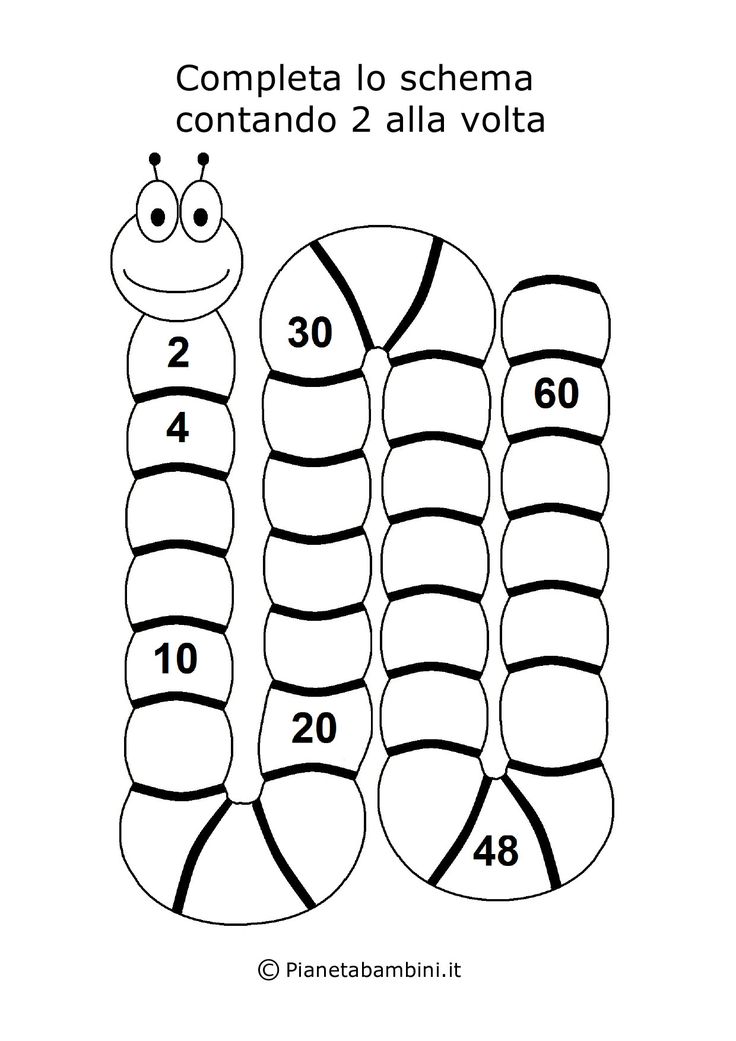 The opinion of the author may not coincide with the position of the editors.
The opinion of the author may not coincide with the position of the editors.
Crafts and occupations of Russians in Siberia
Abstract for children of the preparatory school group
"Crafts and Occupations of Russians in Siberia”
Levina Natalya Alexandrovna, teacher,
Target:
To expand children's ideas about the life of Russians in Siberia, about their family setup.
Raise interest in the history of the peoples of Siberia.
Continue to develop the ability to share your knowledge, collectively perform intellectual and creative tasks.
Clarify children's knowledge about the crafts and occupations of people in Russian a peasant community not connected with agriculture; show opportunities the existing exchange of goods; show the interdependence of people of different kinds employment in a peasant community
· .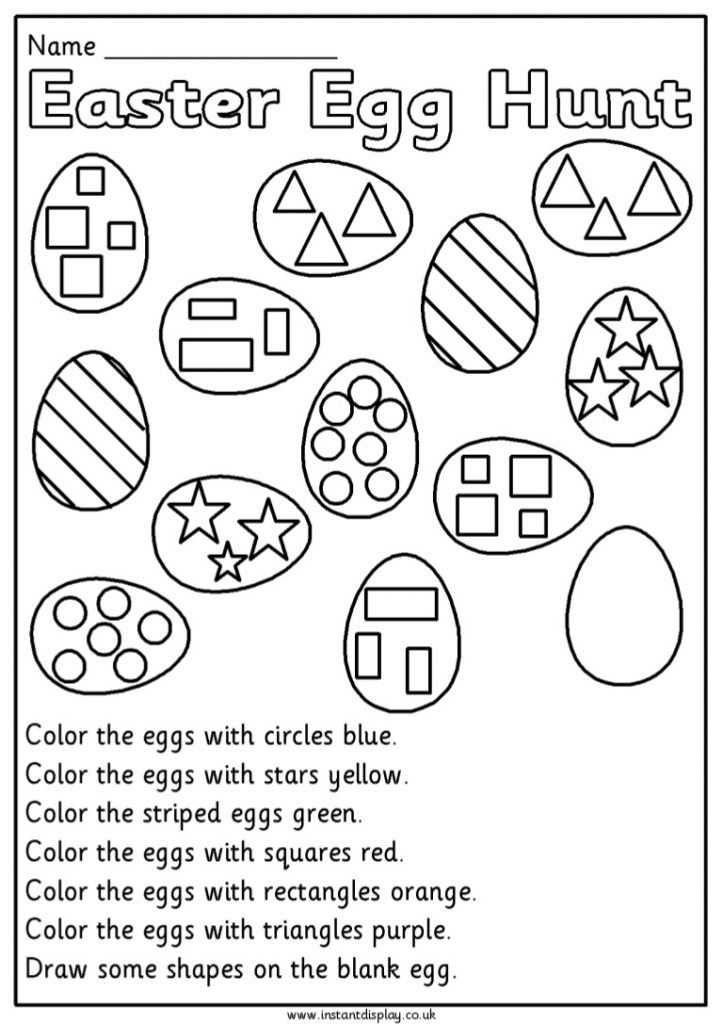 Continue to develop interest in folk tales, help feel the beauty and expressiveness of the language of a fairy tale.
Continue to develop interest in folk tales, help feel the beauty and expressiveness of the language of a fairy tale.
Integration of activities children:
Cognitive research.
Communicative.
Labor.
Reading fiction.
Additional measures:
Excursions to the house of folk art "Siberian crafts". Reading story "What of what?" from M. Ilyin's book "About what surrounds you."
Talking with children about crafts, looking at illustrations, reading stories from the book "History of Crafts".
Presentation "Labor and crafts of the Irkutsk region".
Organization funds educational activities:
Recording calm music.
A large book, the cover of which depicts rural landscapes and artisan's tool kits, when the book is opened, an open gate space.
A set of pictures from the series "Crafts in Rus'".
Musical accompaniment for the game.
A video recording of a fairy tale, a recording of a dramatization of a fairy tale.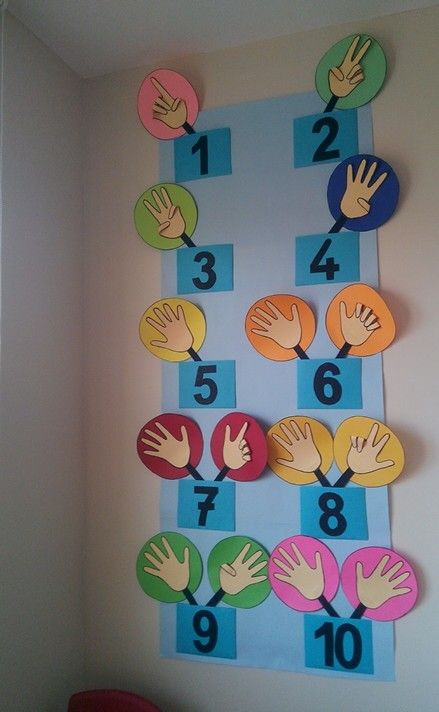
Dry pools.
Multimedia.
Interaction with parents:
Participation in the staging of the fairy tale "Who repaired the bridge."
Joint viewing of the presentation “Labor and crafts of the Irkutsk areas".
Learning and explaining the meaning of the proverb - Who knows what, so gets bread.
Drawing a fragment of a fairy tale
big book
- Who guessed what are we going to talk today?
(children express their assumptions)
Game "Journey to history of crafts”
- Today is our day a great journey into the history of Siberian crafts, you will not only learn useful information, but you will also be able to share your knowledge and earn memorable diplomas of connoisseurs of crafts. And we will travel in a book.
(book opens, and children pass through it)
- Welcome Welcome to the Craft Book!
Siberia has long lived and people worked who were not engaged in agricultural labor, like the rest peasants.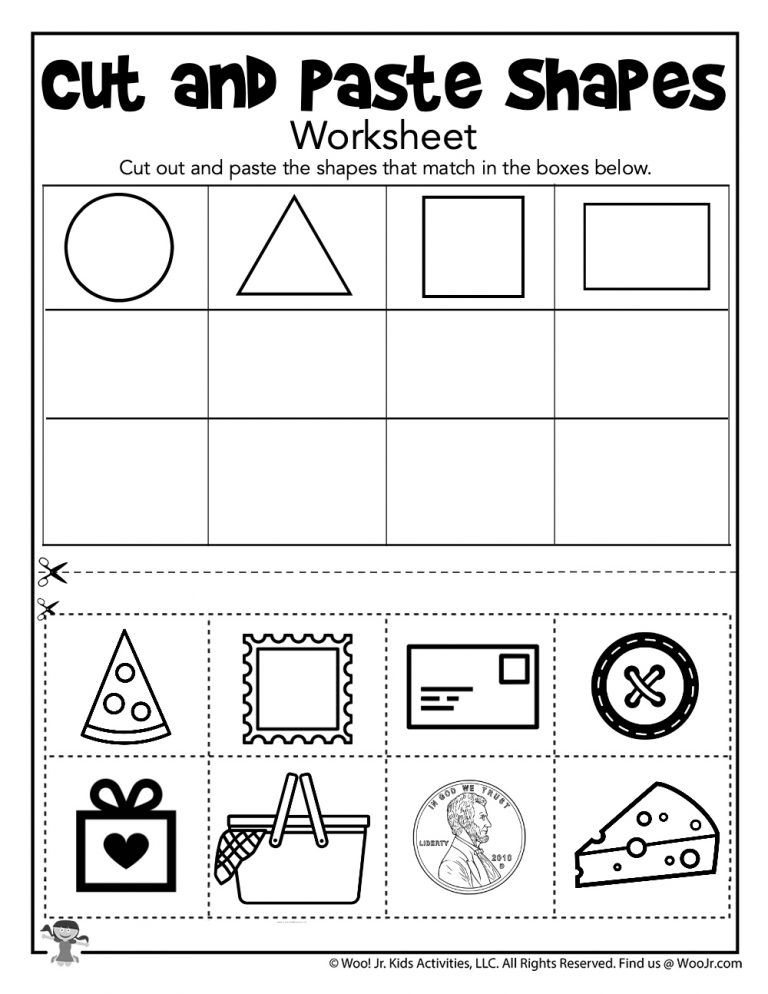 These people did not plow the land, did not sow bread, but had special skills.
These people did not plow the land, did not sow bread, but had special skills.
Their work was constantly in demand in the villages, and as needed they were invariably approached for help. Treated the craftsmen with great respect. The owners who hired workers, welcomed the craftsmen, that is, they tried to please everyone and did not quarrel so that they, in turn, do the work well and on time.
- Do you know what affairs these masters?
(to such masters were: blacksmiths, millers, shepherds, potters, stove-makers, carpenters)
- Correct, choose craftsmen you want to talk about.
(children choose and show pictures with a brief explanation of the type of craft).
(musical accompaniment sounds)
thread"
| Children's words | Children's movements |
| You, tailor, are so skillful | Children stand behind each other holding hands |
| Sew for kitchen apron white | 1st child pretends to be a needle, runs, changing direction |
| I could sew it myself, but I'm still small | Children run after the “needle”, trying to keep up so that the thread does not torn
|
- And now, we will listen to a fairy tale called "Who fixed the bridge?"
A recording of a fairy tale sounds:
A long time ago behind the dark forests, under walking clouds, under frequent stars, under a red sun stood the village of Nevelichka. The people in that village lived simple and hard-working people. They made a wooden bridge-crossing across the river Neglubinka. Strong bridge, okay. He regularly carried out his service - from one coast to the other of every forward dry. The girls go into the forest, softly step on the boards with their bast shoes - it's easy bridge. Geese go to the meadow, they sort out the boards with their paws - it's easy for the bridge. galloping a white-legged horse, tapping on the boards with four horseshoes - it’s hard for the bridge. There is a bridge, it creaks, but does not complain, it honestly does its job.
The people in that village lived simple and hard-working people. They made a wooden bridge-crossing across the river Neglubinka. Strong bridge, okay. He regularly carried out his service - from one coast to the other of every forward dry. The girls go into the forest, softly step on the boards with their bast shoes - it's easy bridge. Geese go to the meadow, they sort out the boards with their paws - it's easy for the bridge. galloping a white-legged horse, tapping on the boards with four horseshoes - it’s hard for the bridge. There is a bridge, it creaks, but does not complain, it honestly does its job.
Many years have passed, many water in the river Neglubinka has flowed. The footbridge was no longer the same: the flooring was rotten, the railing broke, the supports buckled. The girls go into the forest - they bypass the bridge. Leads shepherd Savushka goose to the meadow - bypasses the bridge. galloping horse white-legged in shallow water, does not step on the bridge. Saddened the bridge without work-concerns and set off on the path-road of the master to look for.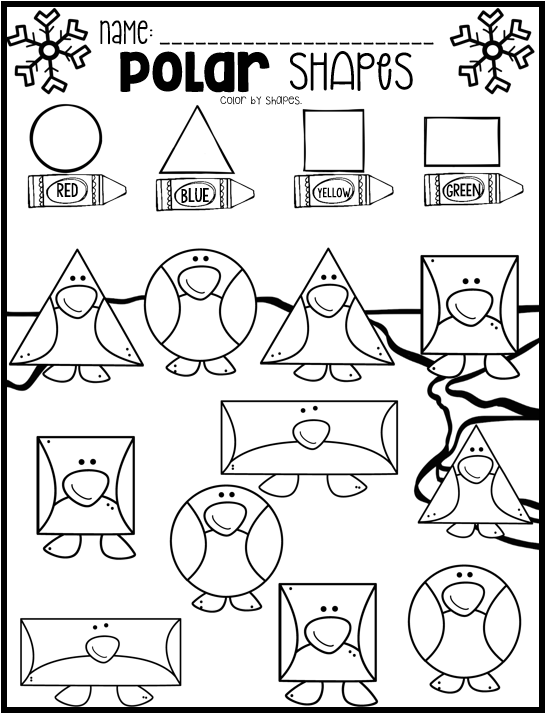
Viewing the fairy tale "Who did you fix the bridge?
First met him on the way oven maker.
Hello, stove-maker - warm master! Would you fix me, fix me!
The stove-maker answers: Not angry, bridge-crossing. My craft is different - to take bricks and stoves exactly put. Take my clay and go ahead.
The footbridge went down the road. Soon he met him on the way potter
Gave him a bridge of clay Yes, he turned with a bow:
- Hello, clay potter! Would you fix me, fix me!
The potter answers: Not angry, bridge-crossing. My craft is different - making pots, not bridges edit. Take my clay pot and go on ahead.
The footbridge went down the road. Soon he met a miller on the way.
Gave him a walkway pot Yes, he bowed:
- Hello, miller - not a bum! Would you fix me, fix me!
The miller answers: Not angry, bridge-crossing. My craft is different - grind grain into flour. Take flour bag, go ahead.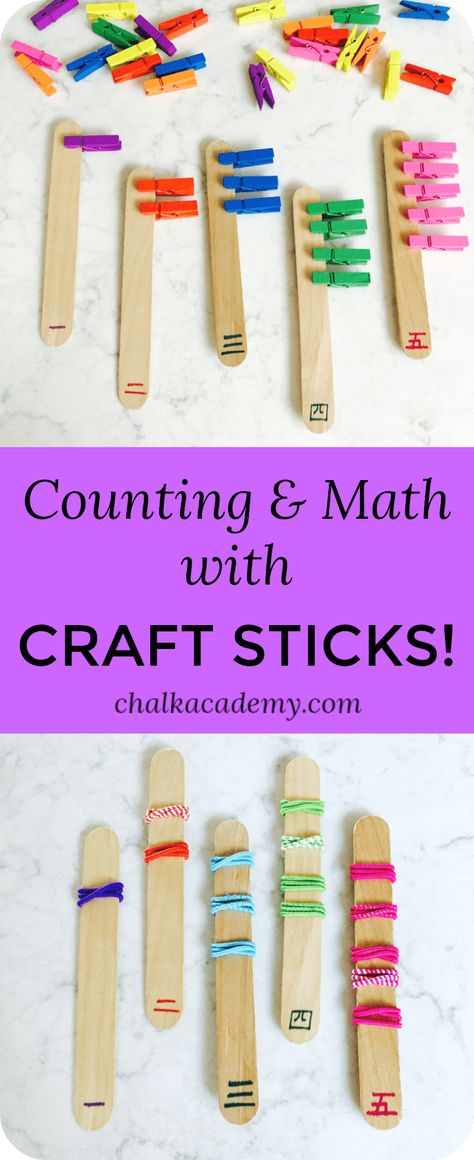
The footbridge went down the road. Soon he met on the way a blacksmith.
Gave him a bridge of flour Yes, with a bow he turned: Hello, blacksmith-forger! Would you fix me would have adjusted.
The blacksmith answers: Not angry, bridge-crossing. My craft is different - to stand at the anvil, hammer hold tight and forge iron. Take an iron ax and go ahead.
The walkway went on. Soon he met on the way a carpenter.
Gave him an ax walkway Yes, he turned with a bow: Hello, carpenter - a worker with a tree! would fix you would make me happy!
The carpenter was delighted new axe. He set to work without delay. Replaced rotten flooring fixed the railing, repaired the supports. The walkway came out without a hitch, without a hitch. Accept, good people, carpentry work! Serve, bridge-crossing!
A recording of a fairy tale sounds bridge - a bow to the masters! The shepherd Savushka leads the goose to the meadow - a bow masters! A white-legged horse gallops with a young merchant in the saddle - hello to the masters! The river Neglubinka runs under the bridge, the water murmurs and speaks, as long ago dark forests, under walking clouds, under frequent stars, under red the bridge-crossing served regularly in the sun .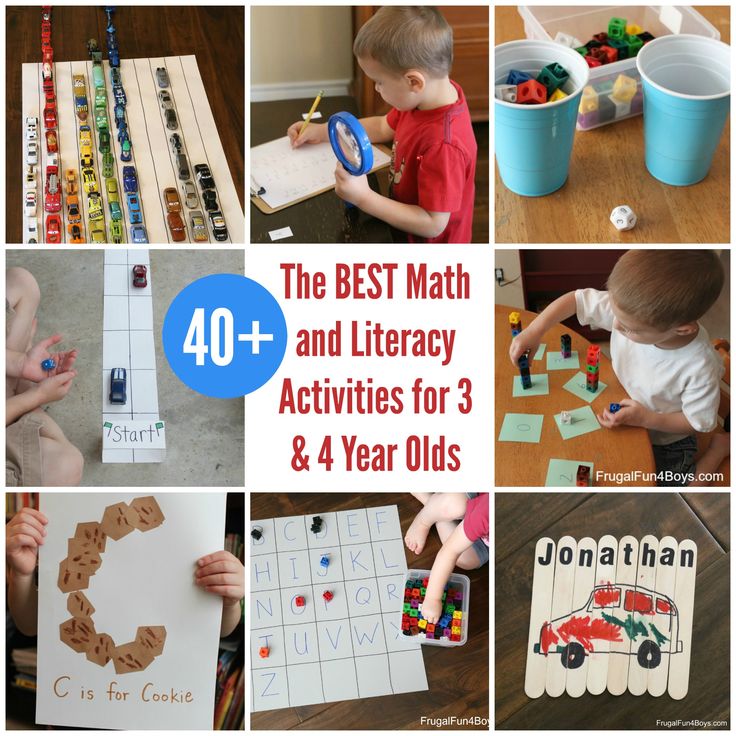 ..
..
Rhythmic exercise "We kneaded the dough"
Children put their hands in the "dry pool", make rhythmic movements, imitating the work of hands when kneading dough, saying:
We kneaded the dough, we kneaded the dough kneaded:
Knead us thoroughly asked,
But how much we knead and how much
Lumps again and again we get.
Content conversation fairy tales:
- Why in a fairy tale the village is called Nevelichka? What village names do you know? Why do people did they give them names?
- What a bridge in a fairy tale was built across the river? (Wooden, strong, -
Why do you think the river is named in the fairy tale Neglubinka? Consider the image of a wooden bridge, name the parts of (flooring, railings, supports).
- Which craftsmen asked for help bridge? (Children's answers are reinforced by showing pictures from the image of craftsmen at work.) Why artisans refused to help bridge? Why did the carpenter help the bridge?
- What the bridge transmitted from master to master? (Explain to children the essence of commodity exchange.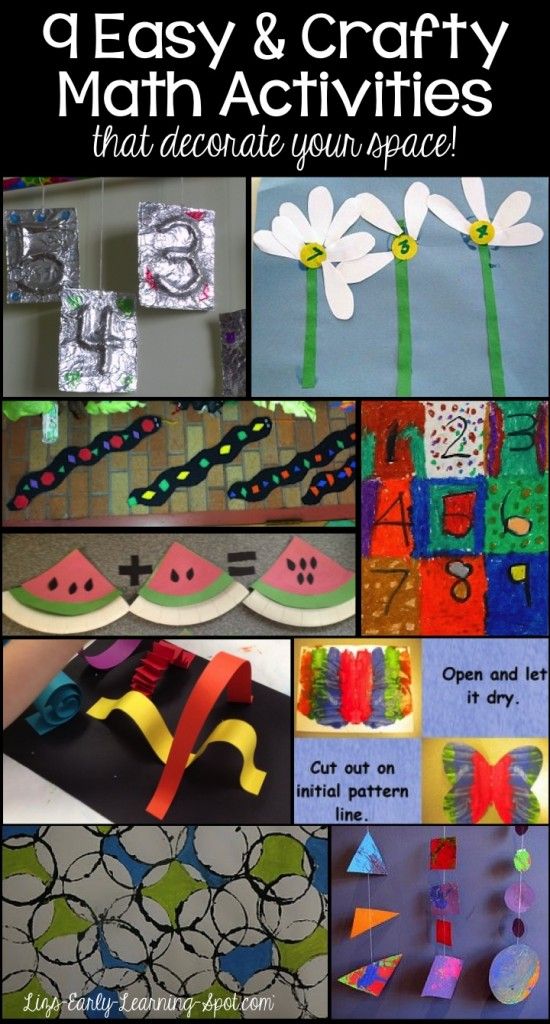
Learn more

